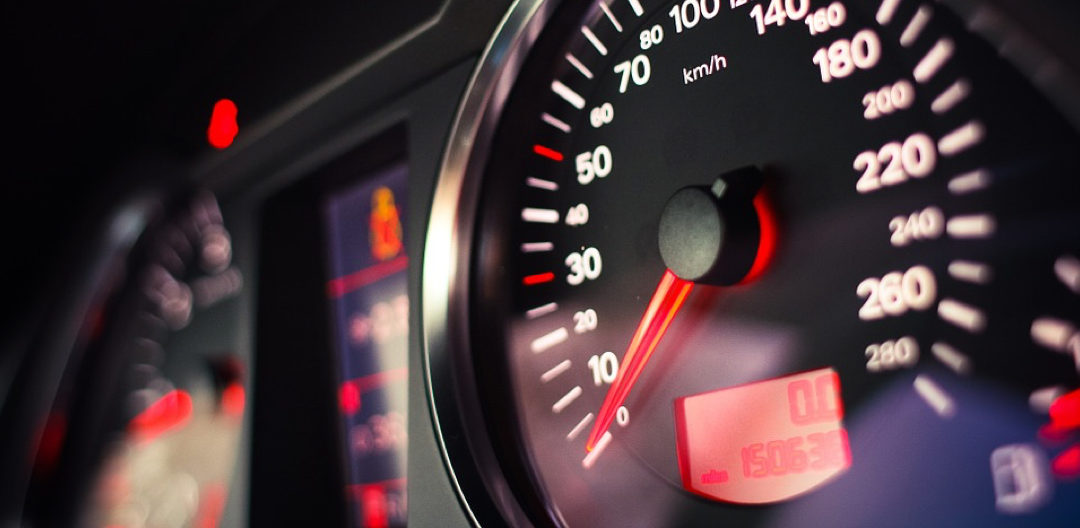There is a lot of literature around driving at low engine speed. Do not listen to those who tell you not to drive like this. It allows to make great economies that reduce your fuel budget.
DRIVE AT LOW ENGINE SPEED TO REDUCE YOUR FUEL BUDGET.
Drive at low engine speed as soon as you can … with confidence. The engine is less stressed and reduces fuel consumption.
To go to practice, we give you the choice depending on the flexibility of your engine: for diesel is between 1000 and 2000 rpm to shift up. For gas engine, it is rather between 1500 and 2500. And we gives you arguments below to respond to any objections.
“- THE MOTOR “TURNS LAZY!” :
– The objections of some drivers remind the time when the fuel quality was poor and led to deposits in the carburetor and on valves. Today, there are almost no vehicles with carburetor.
“- THE ENGINE’s WEAR IS HIGHER!” :
– A higher wear occurs when the engine is cold and the number of rpm is high. Quickly move up a gear is no problem, because the lubrication is sufficient regardless of the engine speed.
“- AT LOW ENGINE SPEED, COOLING IS NOT ENOUGH!”
– This could occur once when the radiator fans were still mechanically powered by the crankshaft. Today, they are electrically operated and triggered by thermal elements and cool the engine when the natural ventilation caused by the movement of the vehicle is not enough.
“- THERE IS TOO LARGE PRESSURE ON THE ENGINE LOW SPEED!”
– Modern engines are positioned so that one could constantly run at 1000 rpm at full load.
“- THERE IS NOT ENOUGH OIL PRESSURE !”
– The oil pumps are designed so that the oil supply is always guaranteed even at low revs.
Now, you know what to do and what to say …

